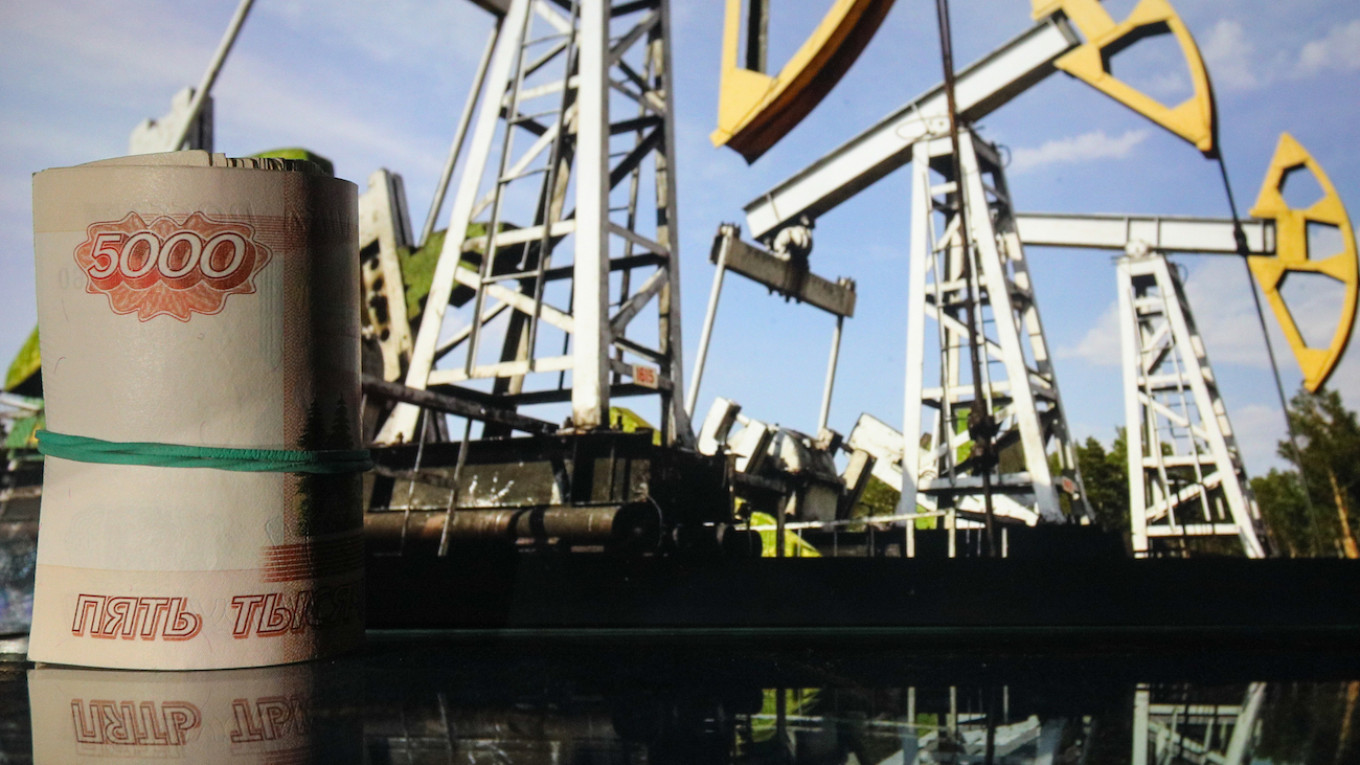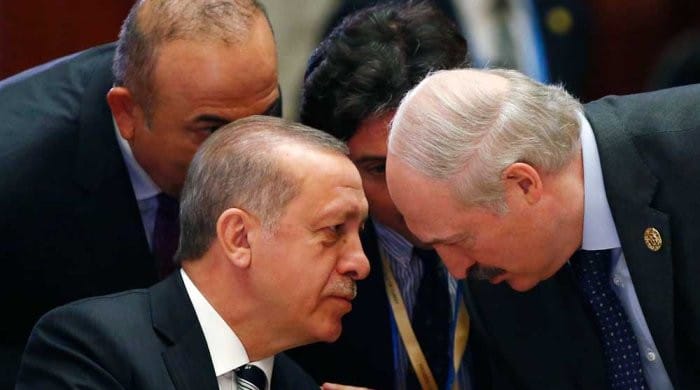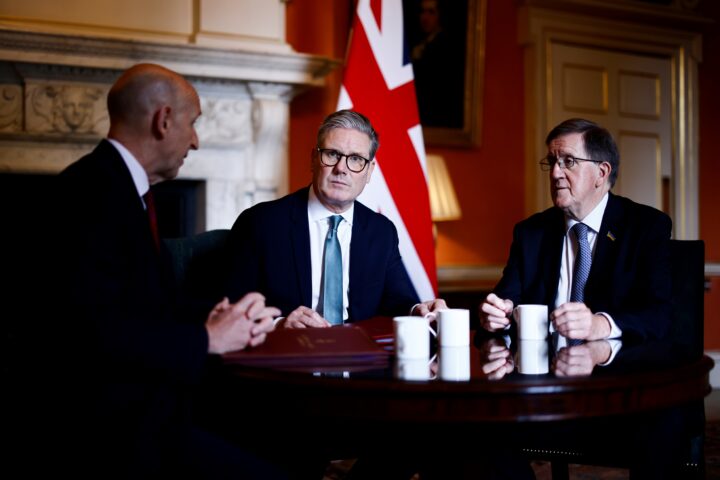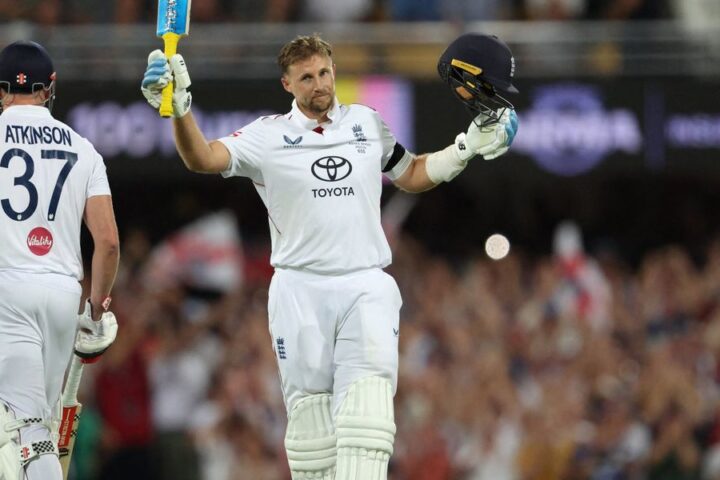While Urals crude oil has finally broken past the $60 per barrel price cap imposed by the G7, this long-awaited shift is failing to benefit the Russian economy. Instead of ushering in a wave of budgetary relief, the country is caught in a paradox: the stronger ruble is undermining oil profits, making each exported barrel worth significantly less in local currency.
Oil Prices Up, Revenue Down
Since 13 June 2025, Russia’s flagship Urals crude has consistently traded above the G7-imposed price ceiling. One might expect this would boost budget revenues, but in fact, exporters are now receiving about 30% less in rubles for each barrel sold. The culprit? A ruble that has appreciated nearly 23%, hitting around 78.72 per dollar, slicing into export profits despite higher global oil prices.
With roughly 30% of the federal budget dependent on oil and gas income, the impact is immediate and profound. Bloomberg reports that the actual budget deficit could balloon to over 3% of GDP—triple the official forecast—amounting to a shortfall of up to 5 trillion rubles.
Why the Ruble Surge Is a Problem
The strengthening ruble isn’t due to robust economic fundamentals. Instead, it’s being propped up by artificial monetary policies, such as high interest rates from the central bank and misplaced market optimism about thawing relations with the West.
This rise in value makes it harder for the government to convert growing oil revenues into usable rubles. Meanwhile, war-related spending remains at record levels, and access to global capital markets is limited. The result? A widening fiscal gap, and a government forced to dip deeper into its sovereign wealth fund or increase domestic borrowing.
Trapped Between Oil Prices and Military Spending
The Kremlin is stuck in a classic economic trap. On one side, rising oil prices; on the other, a surging ruble and skyrocketing military costs. The financial lifeline of energy exports is no longer enough to sustain the growing needs of the Russian state.
Other OPEC+ nations, like Saudi Arabia, enjoy more stability thanks to a dollar-pegged currency, allowing them to retain a greater portion of oil profits. In contrast, Russia’s ruble-based system is bleeding value: higher oil prices no longer translate to higher income, especially after currency conversion.
Budget Black Hole Grows
Even if the price of Urals remains above $60, the sanctions regime still blocks meaningful financial relief. In fact, there are discussions among G7 countries about lowering the cap to $45, putting further pressure on Russia’s export model.
With expenditures fixed—especially those tied to the war in Ukraine—the Russian Ministry of Finance is being pushed toward using National Wealth Fund (NWF) reserves, raising taxes, or slashing non-military spending to cover the shortfall.
And the public may soon feel the squeeze: at the St. Petersburg International Economic Forum, Deputy Prime Minister Denis Manturov hinted that an “optimal” exchange rate would be 100 rubles to the dollar, signalling potential devaluation. If realised, this would hit ordinary Russians hardest through import-driven inflation, especially on consumer goods.
Mounting Pressure on an Unsustainable Model
In theory, a strong currency is a sign of health. But in the context of sanctions, high wartime spending, and a dependency on commodity exports, Russia’s currency strength is becoming a fiscal liability.
While official statements maintain the narrative of resilience, the numbers suggest otherwise. Oil is more expensive on paper—but yields less at home. And as the ruble continues to climb, the state’s ability to maintain both its war effort and social obligations is being stretched to its limit.














